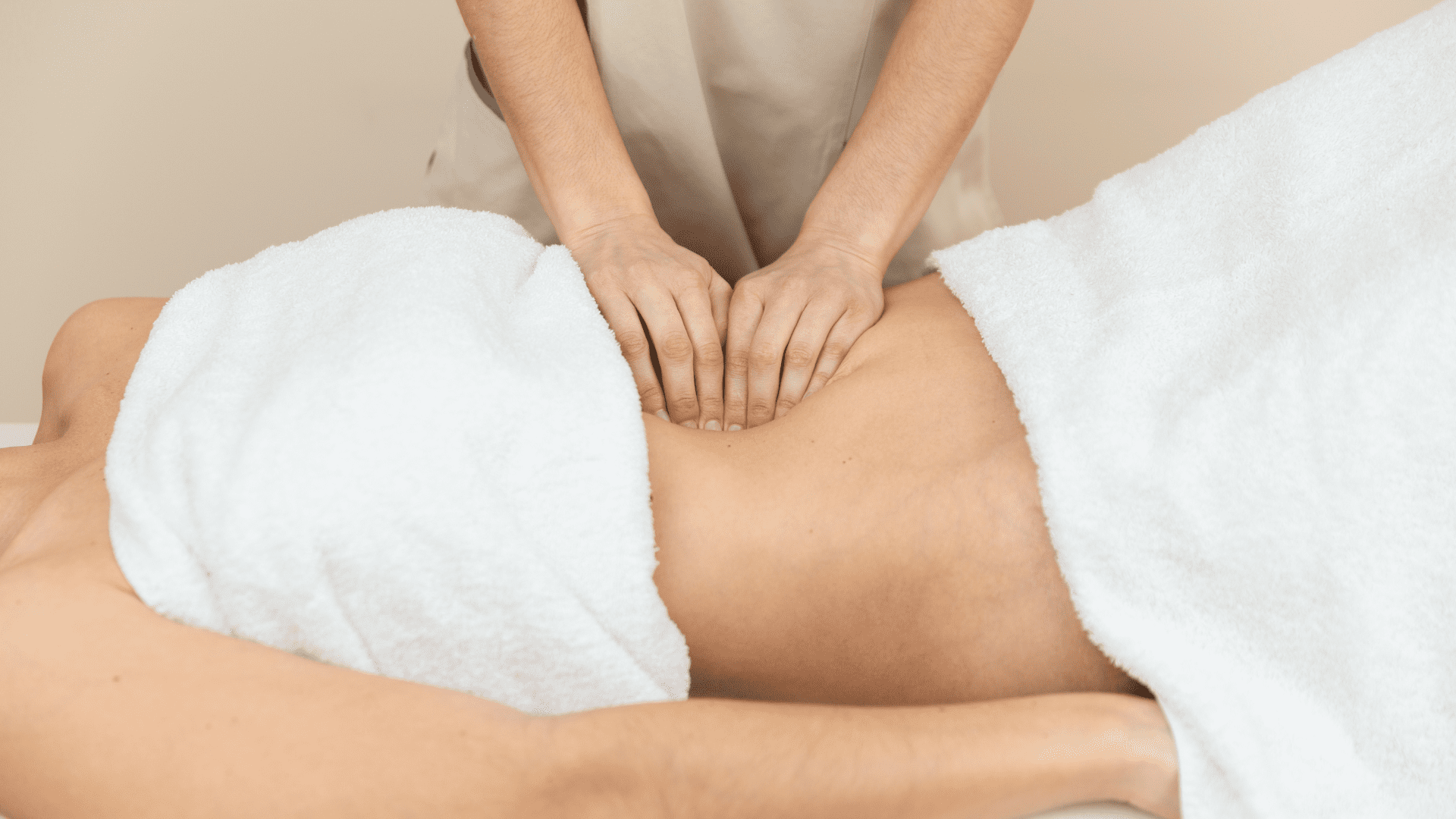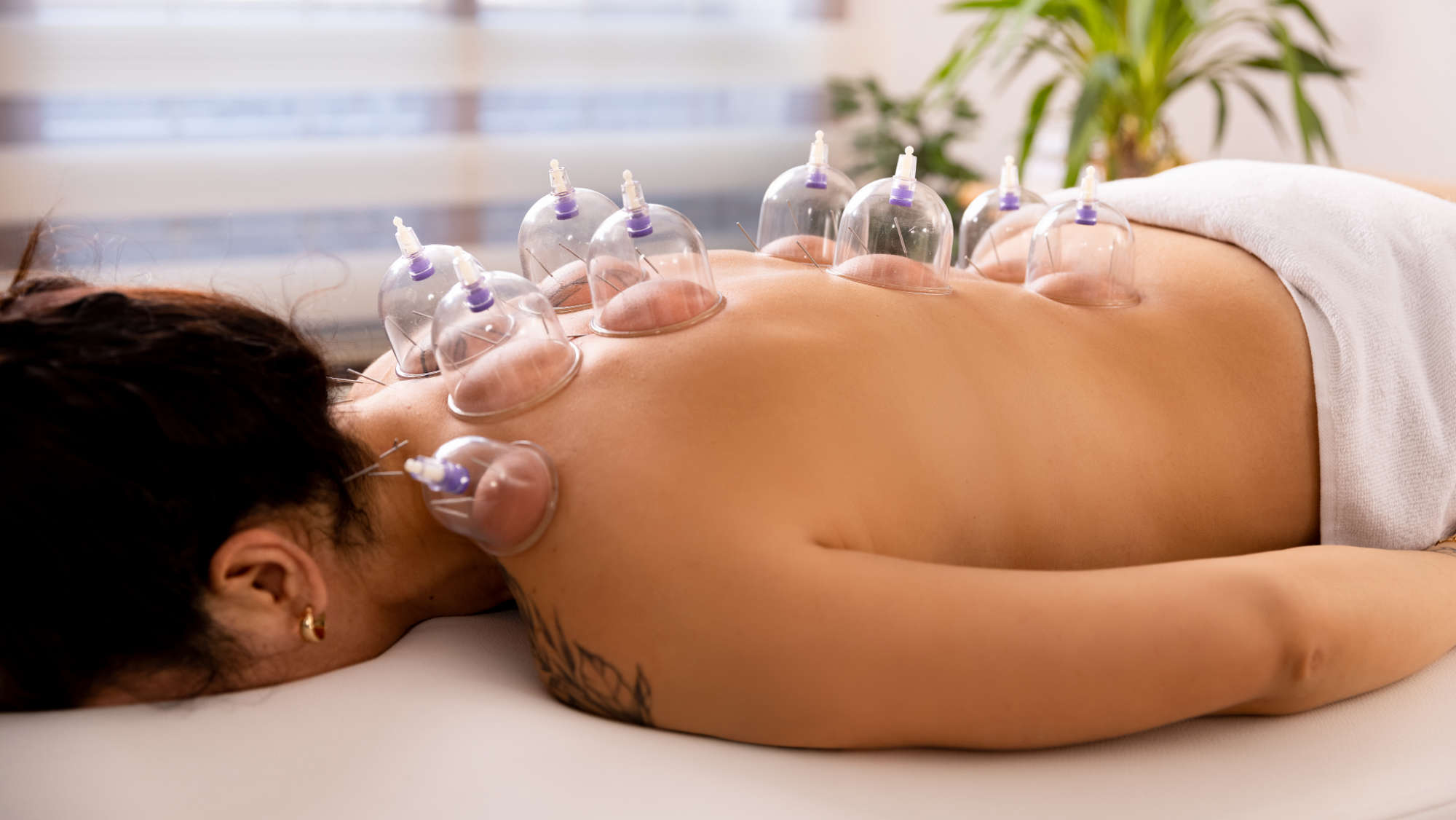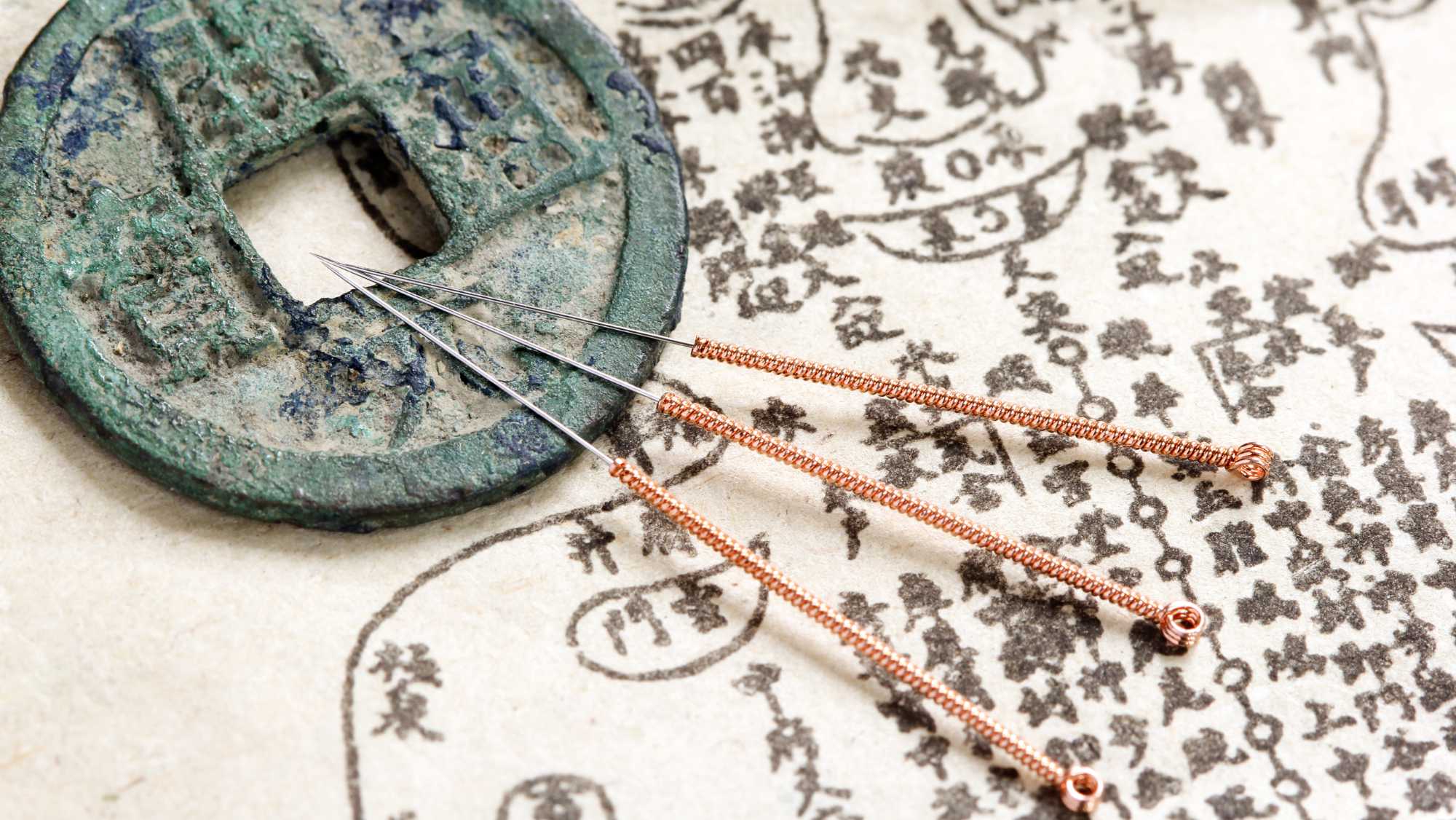One of the most common reasons patients come to see us is for pain relief. Acupuncture is extremely effective for many patients in both relieving physical pain, and also at helping patients remain pain-free on an ongoing basis over the course of multiple acupuncture treatments.
Acupuncture is effective—but, how does it work?
Acupuncture works by using acupuncture needles to stimulate key points on the peripheral nervous system. This sends signals up the spine to the brain. Upon receiving these signals, the brain triggers a series of reactions that decrease pain, relax the muscles, increase range of motion, and increase blood flow to the painful area. Interestingly, these effects can often be felt almost immediately after the needles are inserted.
The Chinese Medicine view of health: the importance of blood circulation
Highly oxygenated, highly nutritious blood coursing through the body is the key to good health.
—Bob Doane, L.Ac
The Chinese view of health can be summarized in four aspects. The four aspects of a body that need to be functioning well in order to be healthy are:
- Oxygen delivery to the body tissues
- Vascular system
- Organ system, particularly the heart
- Nervous system
Blood circulation is of primary importance to maintaining good health, as well as healing pain and injuries. In fact, many experienced Chinese medical practitioners will point to “blood stagnation” as the primary or #1 cause of disease and illness. This is especially true for chronic pain conditions.
When blood flow to a particular area of the body is obstructed for some reason, that area will be negatively impacted. It will also make it harder for that area to heal.
Why is blood flow so important? Because it’s all in the blood:
- analgesics (the body’s naturally produced pain killers),
- hormones,
- nutrients from digestion of food,
- oxygen,
- immune cells, and more.
Acupuncture treatments are designed to bring the proper flow of blood, and thus all of the healing contents of the blood, to targeted areas of the body. This promotes the healing reactions that need to occur, essentially allowing the body to “heal itself,” and reduce or eliminate pain symptoms.
How does acupuncture work?
The peripheral nervous system can be stimulated by acupuncture to increase blood flow to targeted areas in the body.
—Bob Doane, L.Ac
By inserting acupuncture needles into specific sites on the body, acupuncture points, the needles trigger a response from the nervous system. In fact, in Chinese, acupuncture points are called nodes (jie). These nodes are actually little gatherings of nerves, venules and arterioles. They are spaced out along the branches of the nervous system. By stimulating these concentrated areas of nerves with a needle, signals are sent through the nervous system.
How the brain is supposed heal the body’s pain
When a physical injury occurs, the body is designed to heal itself in 2 stages.
Stage 1
Stage 1 involves protecting the injured area, as well as the rest of the body, through the following mechanisms:
- The nerves send pain signals, to alert you that there is a problem in that area.
- The brain creates a guarding reflex in the muscles around that area, to make sure it’s harder to move so you don’t re-injure it (think soreness, or limited range of motion).
- The brain restricts blood flow to the area. In case the cause of pain is a poison of some kind, like an infection or a snake bite, the brain wants to sacrifice that area in favor of the health of the rest of the body.
Stage 2
Stage 2: After inflammation has reduced, and appropriate initial levels of healing has occurred, there is a second stage in injury healing:
- The brain releases chemicals to kill the pain in the healing area.
- The brain relaxes the guarding reflex, increasing range of motion and muscle function
- The brain dilates the blood vessels, bringing blood flow back to the healing area
Heal your pain naturally. Book an appointment online
The cause of chronic pain issues
This system is all well and good, except when it doesn’t work. Chronic pain issues, whether ongoing, or experienced as occasional flare-ups of a chronic problem, occur when stage 2 of the healing process doesn’t kick in.
The cause of this is due to a weakness in the proprioceptive nerve signals to the brain. When the proprioceptive signals are too weak, the brain doesn’t know “where” the pain is. On an experiential level, this is when you can’t pinpoint the exact location of the pain, but you know it’s in a general area.
When the brain can’t pinpoint the exact location of the pain, it can’t execute all of the steps of stage 2 healing, which leaves you with ongoing pain.
How acupuncture helps restore the brain’s healing power
Most of the acupuncture points used for healing pain at our clinic are located on the arms and legs (learn more about how we select points for your specific pain condition). The acupuncture points, or nerve nodes, on the arms and legs are part of the peripheral nervous system.
When an acupuncture needle stimulates a nerve node, this “re-boots” the proprioceptive nerve pathway. The nerve reaction created by the acupuncture needles “jumps” the neural signal threshold and stimulates the brain to release endorphins and enkephalin painkillers, as well as restore blood flow and range of motion to the painful areas.
After a period of time, anywhere between a few hours to a few days after acupuncture, the proprioceptive signal gets weak again. Then, acupuncture can be used to “re-jump” the proprioceptive nerve pathway, helping the brain to again activate the sequence of physiological reactions that heal the painful area.
Why a sequence of treatments is needed—physical therapy for the nervous system
Acupuncture treatment plans are similar to physical therapy treatment plans, where a patient will start by coming in 2–3 times per week, and gradually reducing treatment frequency until the patient’s improvements have stabilized.
Acupuncture is delivered on an ongoing basis, helping to “re-jump” the proprioceptive nerve pathways, until the body re-establishes the normal functioning of these pathways. This results in the sustained experience of reduced or eliminated pain, increased range of motion, and increased blood flow to the area.
Resolving pain symptoms with acupuncture

Coming back full circle to the importance of blood flow to health, we can see how acupuncture works to actually “cure” a painful body area in a deep and thorough way.
With increased blood flow to the area happening on a consistent basis as a result of the acupuncture, patients can experience a fundamental and long-lasting healing of pain issues.







